- Home
- About
- Hospitals
-
Treatments
- Orthopedic & Spine
- Knee Replacement
- Carpal Tunnel Release
- Rotator Cuff Repair
- Meniscus Repair / Meniscectomy
- Total Hip Replacement (THR)
- Total Shoulder Replacement
- Arthroscopy
- Ligament Reconstruction
- Spinal Fusion
- Discectomy
- Laminectomy
- Spinal Decompression
- Vertebroplasty and Kyphoplasty
- Fracture Repair
- ACL Reconstruction
- Tendon Repair
- Osteotomy
- Amputation
- Pediatric and Adult Cardiac
- Neuroscience
- Oncology
- Nephrology & KTP
- Gastroenterology & Hepatobiliary
- Obstetrics and Gynaecology
- Infertility
- Dental & Maxillofacial
- Plastic & Cosmetic Surgery
- Rhinoplasty
- Blepharoplasty (Eyelid Surgery)
- Facelift (Rhytidectomy)
- Breast Augmentation (Mammoplasty)
- Breast Reduction (Mammoplasty)
- Breast Lift (Mastopexy)
- Liposuction
- Abdominoplasty (Tummy Tuck)
- Brazilian Butt Lift (BBL)
- Lip Augmentation
- Breast Reconstruction
- Cleft Lip and Palate Repair
- Scar Revision
- Burn Reconstruction
- Botox Injection
- Ophthalmology
- Otolaryngology (ENT)
- Endocrinology
- General and Minimal Invasive Surgery
- Pulmonology
- Rheumatology
- Urology
- General Medicine
- Ayurvedic Treatment
- Orthopedic & Spine
- Doctors
- Contact Us
Arthroscopy
Arthroscopy
is a minimally invasive surgical procedure that is commonly used by Orthopedic Surgeons
to diagnose, visualize, and treat a variety of joint-related conditions and
injuries. It involves the use of a small, fiber-optic camera called an
arthroscope, which is inserted into the joint through a small incision. The
arthroscope is connected to a monitor, allowing the surgeon to view the inside
of the joint in real time. Arthroscopy is particularly useful for joints like
the knee, shoulder, hip, ankle, and elbow.
Here are some key aspects of arthroscopy:
Diagnostic
Arthroscopy:
In some cases, arthroscopy is primarily used for diagnosis. By inserting the
arthroscope into the joint, the surgeon can assess the extent of damage or
injury to the joint's structures, such as the ligaments, cartilage, menisci,
and synovial lining.
Therapeutic Arthroscopy: Arthroscopy is
often therapeutic, meaning that it not only diagnoses but also treats the
problem in the same procedure. This can include repairing damaged ligaments,
trimming or repairing torn cartilage (e.g., meniscus in the knee), removing
loose fragments, and addressing joint inflammation.
Minimally Invasive: Arthroscopy is
considered minimally invasive because it involves only small incisions, which
typically result in less pain, faster recovery, and fewer complications
compared to open surgery.
Local Anesthesia: The procedure is
often performed under local anesthesia, with or without sedation. In some
cases, general anesthesia may be used, depending on the joint and the patient's
preference.
Small Incisions: Usually, two or
more small incisions (about the size of a pencil eraser) are made near the
joint. One incision is for the arthroscope, and the others may be used for
surgical instruments.
Real-Time Imaging: The surgeon can
examine the joint's structures in real time on a monitor, enabling them to make
precise and informed decisions during the procedure.
Quick Recovery: Because of its
minimally invasive nature, patients often experience less pain and swelling and
a quicker recovery time compared to traditional open surgeries.
It's important to note that not all joint
conditions can be treated with arthroscopy, and open surgery may be necessary
for more complex cases. If you have a joint issue or injury, it's essential to
consult with an orthopedic surgeon who can evaluate your condition and
recommend the most appropriate treatment, whether it involves arthroscopy or
other surgical techniques.
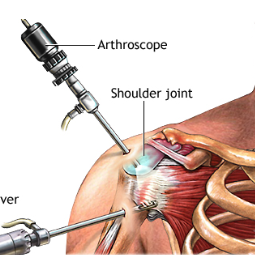


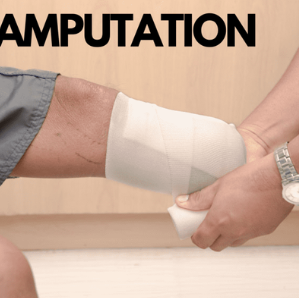
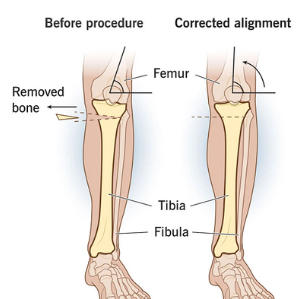


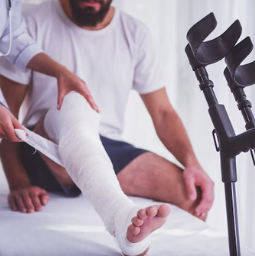
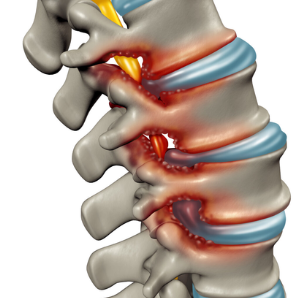
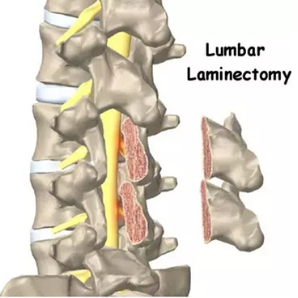
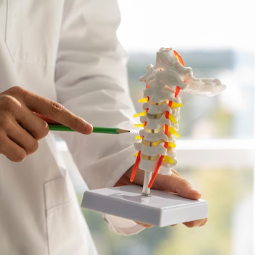
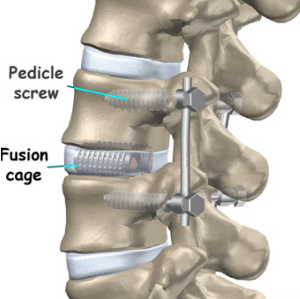
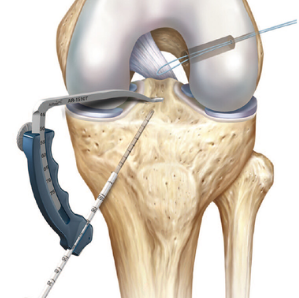
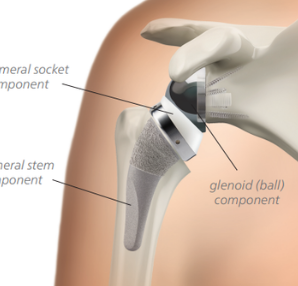
.png)